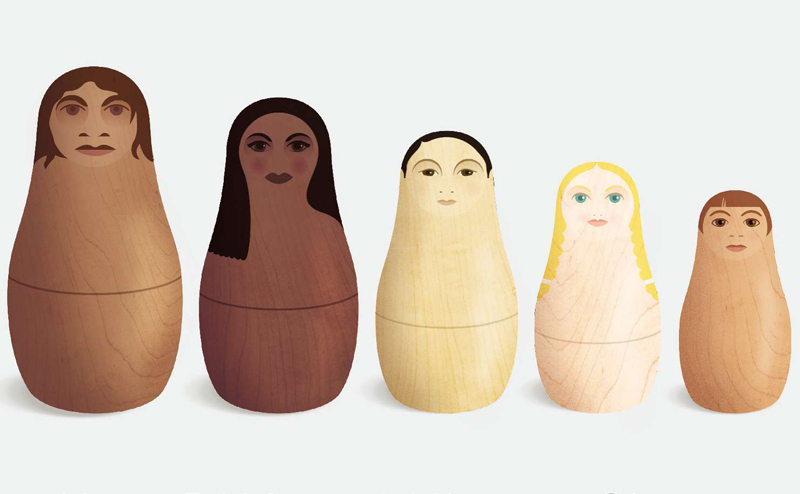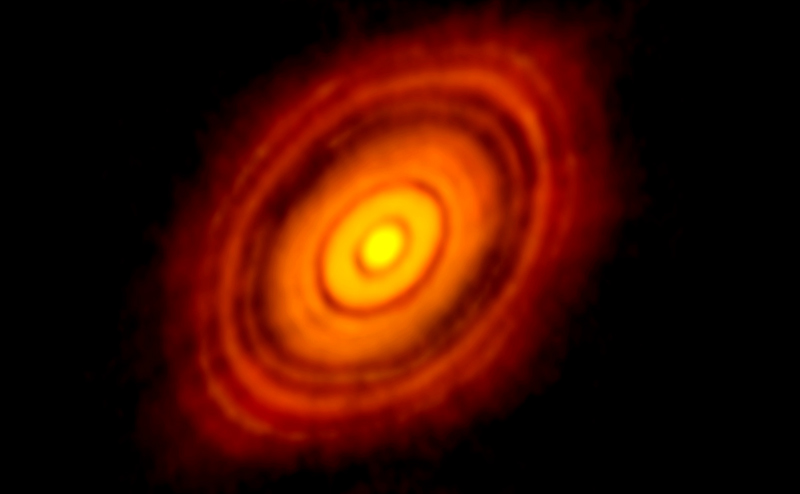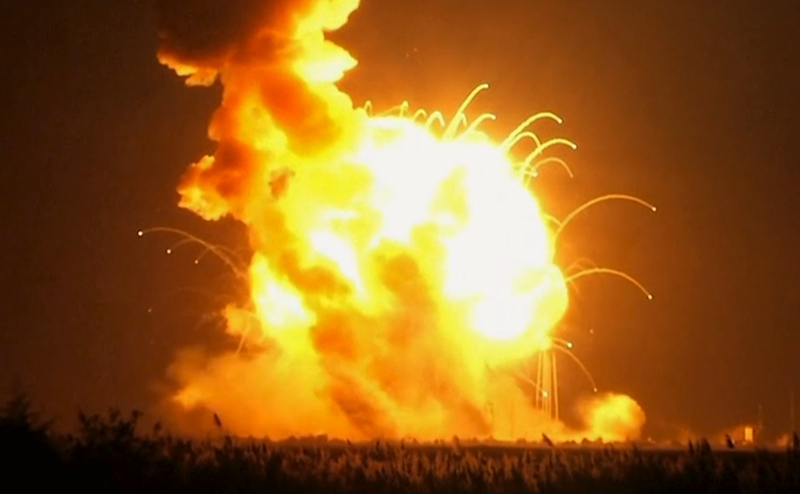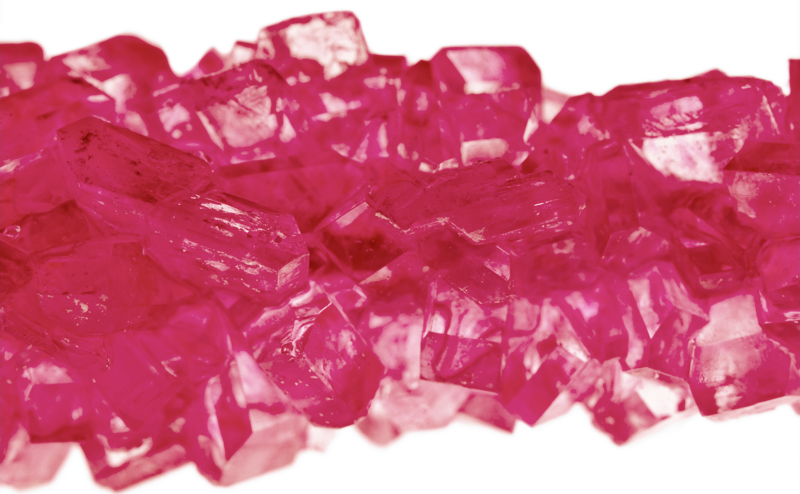Articles
Our ancestors pass along their beliefs, their stories, and their DNA—and we are only just beginning to understand the impact of genes passed down through generations. In her rich new book, The Invisible History of the Human Race: How DNA and History Shape Our Identities and Our Futures, Christine Kenneally explores the history of genealogy and ancestry, and what we’ve learned about ourselves through advancements in genetics. We had a chance to speak to Kenneally recently about the many legacies of our ancestors.
Read MoreSeven days; lots of science in the news. Here’s our roundup of this week’s most notable and quotable items: A new particle accelerator design that uses a chamber filled with a hot plasma of lithium gas could form the basis of smaller, more powerful atom-smashers than the Large Hadron Collider. People are just as good at raising baby penguins as the birds themselves, but a rover disguised as a penguin proved to be better than a person at infiltrating penguin colonies. Scientists captured the best view yet of planetary formation in action, snapping a picture of concentric dust rings surrounding the star HL Tau. The initial analysis of the Antares rocket crash last week points to a problem with a pump in the Soviet-era engines used to propel the private spacecraft. Investigators probing the Virgin Galactic space plane crash, also from last week, are examining possible pilot error, due to the fact the craft’s movable tail section was prematurely unlocked. Researchers identified brain regions involved in hallucinations of ghostly presences, and used this knowledge to make a robot that could induce the feeling of an invisible visitor. A new treatment being developed for methamphetamine addiction uses gene therapy to create anti-meth antibodies that remove the drug’s high. Colon cancer rates are on the rise among U.S. adults …
Read MoreEven when things go according to plan, applied science is rarely cheap and always complicated—and when things go badly, the smallest mistake can end up costing millions or billions of dollars, and even, sometimes, human lives. Here are six reminders of why it’s always good to double-check your work, especially when dealing with spaceflight. (Note: Numbers are not adjusted for inflation.) The Crash of NASA’s Genesis Probe The mistake: A pair of parts was installed backwards. Estimated cost: Over $260 million What happened: Genesis was a NASA probe meant to bring back space material from beyond Earth’s moon. But its September 2004 landing, three years after takeoff, didn’t go all that smoothly. The probe, carrying samples of solar wind to return to Earth for analysis, crashed in Utah; the resulting tumble to Earth contaminated many of the probe’s precious samples, though some were recovered. A NASA report released in 2009 said that Lockheed Martin workers had inverted the position of the probe’s accelerometers; the craft never knew it was decelerating into the Earth’s atmosphere, and therefore never deployed its parachute. Image credit: Wikipedia CC/Bricktop The Explosion of the Space Shuttle Challenger The mistake: An “O-ring” gasket failed in unexpectedly cold …
Read More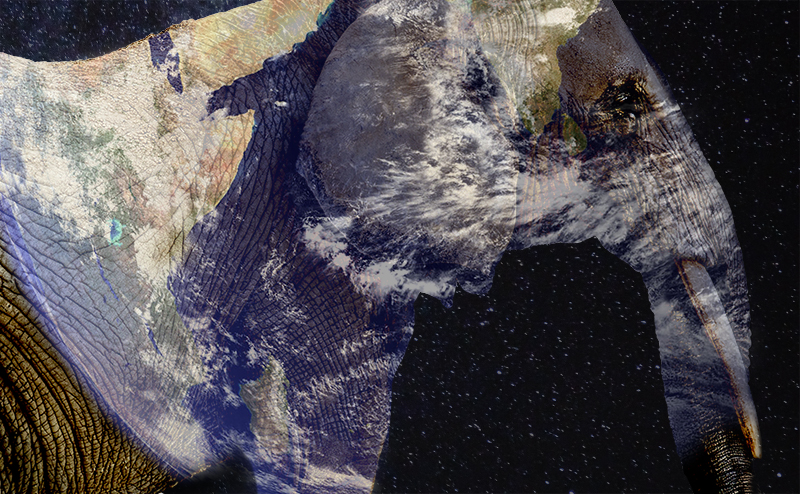
One of the most difficult things about manmade global warming—for journalists, for policy makers, for anyone trying to think about it—is its immense size. It’s not the elephant in the room but the elephant we’re all inside of. There is hardly an institution or aspect of life that isn’t threatened, if not already affected, by the rapidly rising global temperature. The huge and unprecedented scale of this problem (which nobody meant to happen) is psychologically daunting—“the story too big to cover,” some have called it.
For this reason, good examples of “big picture thinking” by leading scientists may help us at least to get a feeling for how to do it—get our arms around it, accept what a frighteningly “big picture” problem it is, and even identify some fundamental structural elements of this crisis.
And scientists are the heroes of this story.
Read MoreSeven days; lots of science in the news. Here’s our roundup of this week’s most notable and quotable items: Virgin Galactic’s SpaceShipTwo exploded and crashed during a test flight about a hundred miles east of Los Angeles, killing one pilot and injuring another, just days after the Antares rocket, built by private space outfit Orbital Sciences and powered by refurbished Soviet engines from the 1960s, explosively failed to launch on its planned resupply mission to the International Space Station. Researchers found and positively identified a part from Amelia Earhart’s plane—a piece of aluminum recovered from an uninhabited south Pacific atoll. Comet 67P/Churyumov-Gerasimenko smells like a combination of formaldehyde, rotten eggs, a dirty horse stable, vinegar, and bitter almonds. Using stem cells, scientists created miniature human stomachs in the lab. The newly discovered Atlantic Coast leopard frog (Rana kauffeldi) is the first new frog found in the U.S. and Canada since 1986, and the first new frog found in New York or New England since 1882. The state of Louisiana moved to bar researchers who recently spent time in Ebola-affected African nations from attending a major scientific meeting being held in New Orleans in early November, sparking protests from scientists. Hallucinogenic mushrooms seem to work by linking up brain regions that do not normally communicate …
Read MoreThere’s a real art to making candy—and a lot of science, too. Even the simplest sugary treat is shaped by complex chemistry. Here’s some of the inventive science that goes on behind the scenes of making some of your favorite sweet treats.
Read More






